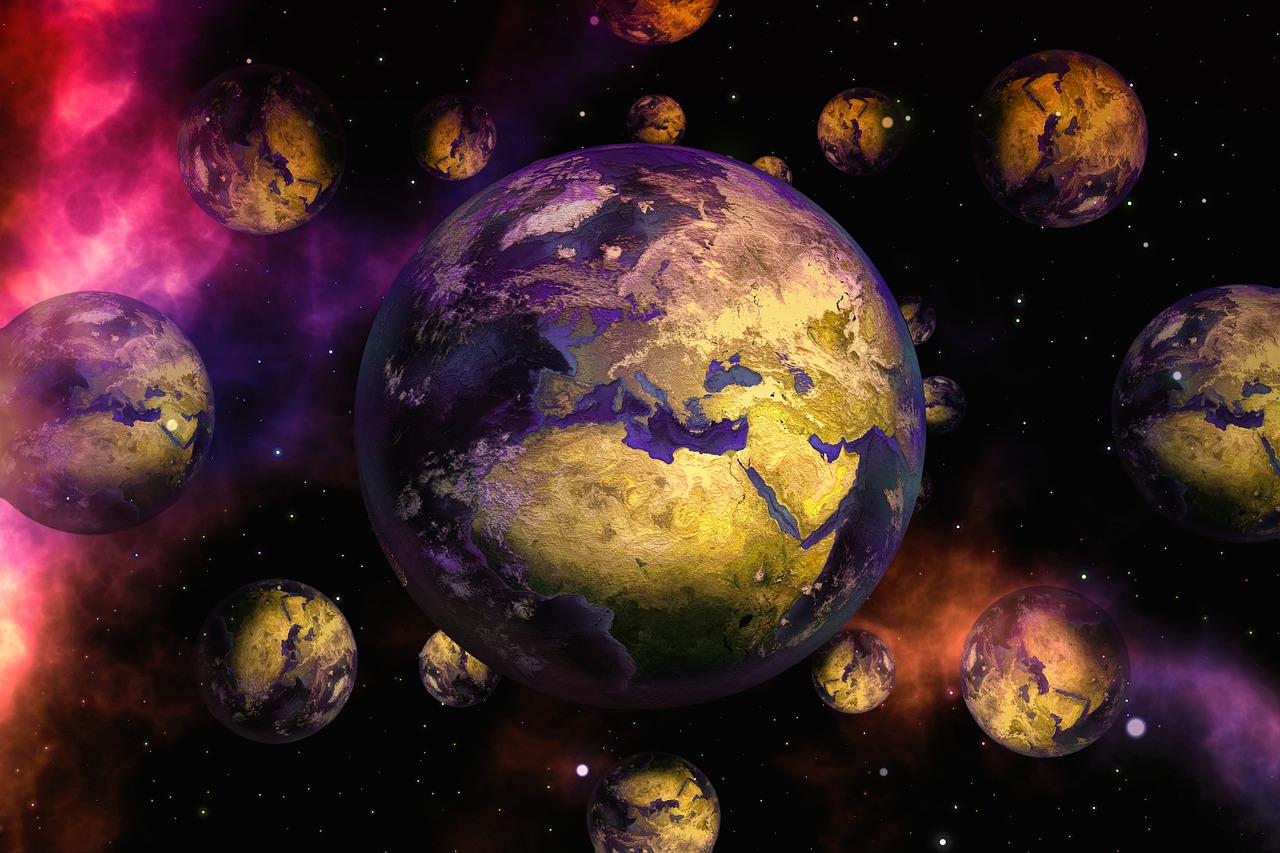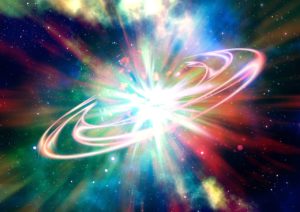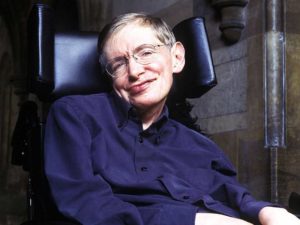The Vacuum Fluctuation Model says that there is a mother vacuum, which is a “womb” in which “baby universes” pop into existence from a larger mother universe. The mother universe sort of gives birth to much smaller universes. This is a version of the multi-verse theory. The mother universe is a changeless and eternally existing thing. These smaller universes expand into the great quantum vacuum in which they exist. According to some atheists, this gets them out of concluding that God created the universe. They think it undermines the conceptual analysis part of the conclusion of The Kalam Cosmological Argument (i.e that a spaceless, timeless, immaterial, powerful, supernatural, personal Creator brought the universe into existence at The Big Bang). How? Because The Big Bang may have been just the birth of one of these baby universes and the cause was the mother universe rather than God. In other words, these skeptics aren’t disagreeing with either premise of The Kalam Cosmological Argument. Instead, they’re disagreeing with the conceptual analysis. They’re saying “I agree with you that whatever begins to exist has a cause, that the universe began to exist and that therefore the universe has a cause of its existence, but the cause isn’t a spaceless, timeless, immaterial, powerful, supernatural, personal Creator, the cause is a vaccum fluctuation from the mother universe!”
But there are very serious problems with the vacuum fluctuation models. You see, at any point in the quantum vacuum, there is a non-zero probability that a universe would form at that point by a quantum fluctuation. But given infinite past time, universes will have come into being in all places in the quantum vacuum because given any non-zero probability and enough time, eventually that probability will be actualized.
But in that case, by now, all of those universes will have gotten so big that they would all fill the entire quantum vacuum and collide with one another, join together, and shape one infinitely large, infinitely old universe – which contradicts the scientific evidence that tells us that that we live in a universe of finite age. So as you can see, it’s not enough for these bubble universe to expand in the unchanging mother universe. In order to avoid having the appearance of an infinitely old, infinitely large universe (which would be the result of all of these various bubble universes running into one another), the mother universe has to be increasing in size as well. But as soon as you postulate that, then it falls under the Borde-Guth-Vilenkin theorem. Now you’re probably wondering, what is the Borde-Guth-Vilenkin theorem? The Borde-Guth-Vilenken theorem is a theorem publish by Arvin Borde, Alan Guth, and Alexander Vilenkin. It says that any universe which has been constantly expanding all the way through its history cannot be infinitely old but must have a beginning to its existence.
The Borde-Guth-Vilenkin theorem implies that even a mother universe producing many baby universes must have a beginning to its existence.
Vilenkin writes on page 176 of his book Many Worlds in One:
“It is said that an argument is what convinces reasonable men and a proof is what it takes to convince even an unreasonable man. With the proof now in place, cosmologists can no longer hide behind the possibility of a past-eternal universe. There is no escape; they have to face the problem of a cosmic beginning.”
–
In conclusion, The multiverse can’t be the escape hatch from God that the atheist wants it to be. Even if I were to concede the point to the atheist that a bubble universe producing mother universe actually exists, it must have had a beginning, and hence, a transcendent causal agent that brought it into being. All this theory does is push the problem back a notch.





